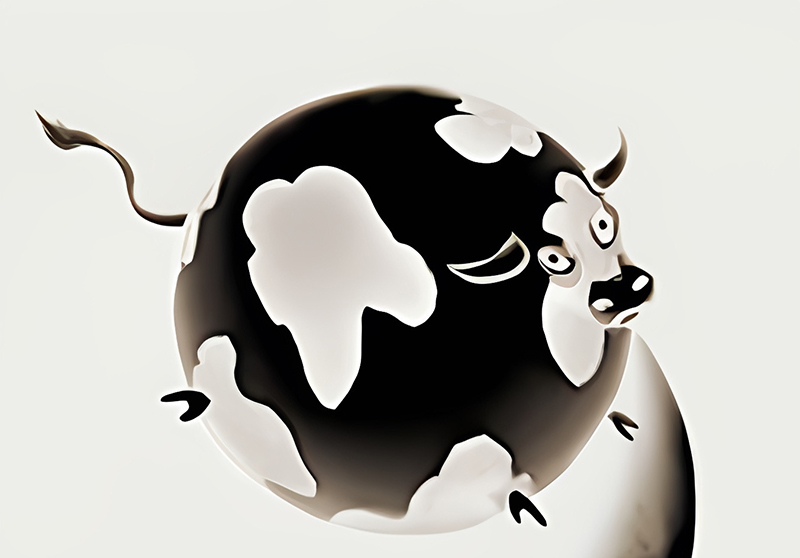Spherical cows and bipedal goats: perspectives on mathematical models in biology
Workshop

The National Research Council of the National Academies (USA) published a report in 2009 arguing for “a New Biology for the XXIst century”, based on the integration “through the unifying languages of mathematics, modeling, and computational science”. This perspective is well represented and illustrated in CNRS1 by the committee labeled “Mathematical modeling, informatics, and physics for the life sciences”. However, long-lasting problems in the relationship between mathematics are not addressed by this strategy.
They are illustrated by the famous joke whereby a farmer asks for help from the university. After some time, the chief of the interdisciplinary committee comes to him and declares: We have found an exact solution to your problem, but it only holds for spherical cows in the vacuum. The issue here is not just one of approximation or idealization; it is also that cows, according to evolutionary theory, have a history and continue to evolve, and this historicity defines the cows we observe today. Notably, the plasticity of living beings collides with the invariance of underlying mathematical structures. For example, in the context of the emerging field of evo-devo, West-Eberhardt discussed the dramatic changes displayed in a goat with paralysis of its forelegs. This paralysis and its subsequent activities led to a major restructuring of bones, muscles, and tendons, resulting in a bipedal goat that became a banner for the magnitude and theoretical significance of developmental plasticity.
This event aims to take a step back and reflect on everyday mathematical modeling. We aim to organize a discussion on the diversity of this practice in biology and the homologies in current models. We wish to center those discussions around two related problems. First, given that the general reference system of biology builds on a notion of novelty to classify living beings, how can we use mathematical structures (using predefined spaces of possibilities) to describe living beings while avoiding contradiction? Is it reasonable that many of these practices
do not even consider the organization of the organisms? Second, if models can be considered as instruments that contribute to shaping scientific reasoning, is their inscription within broader theoretical frameworks (not) necessary? Are data-based approaches sufficient to understand the living, or should theoretical and methodological jumps be performed? Is the perspective of the National Research Council sound when it states that “not all New Biologists are now, or will in the future be, biologists”? How to take mathematics and modelling seriously and, at the same time, avoid the disruption of biological knowledge by the fetishization of those tools ?
Program
Day 1
9:30 Introduction
Session 1: Measuring what? Models and the general reference system of biology (chair: Maël Montévil)
9:45 Ruãn Batista
10:25 Valentin Rineau
11:05 Coffee Break
11:20 Ignacio Quintero
12:00 Round table
Session 2: The tension between historicity and mathematics (chair: Giuseppe Longo)
14:30 Aleksandra Walczak
15:10 Guillaume Achaz
16:00 Coffee break
16:30 Katja Heuer and Roberto Toro
17:10 Maël Montévil
Day 2
Session 3: Data, models, and theory (chair: Anton Robert)
10:00 Paul Villoutreix
10:40 Barbara Bravi
11:20 Coffee break
11:35 Cyril Rauch
12:05 Round table
Session 4 : The challenge of theory-based model in biology (chair: Ruãn Batista)
14:30 Giuseppe Longo
15:10 Anton Robert
15:50 Coffee break
16:20 Charbel El-Hani
16:50 Ana Soto (and Carlos Sonnenschein?)
17:30 Round table
18:30 Synthesis
Mis à jour le 7/10/2025
